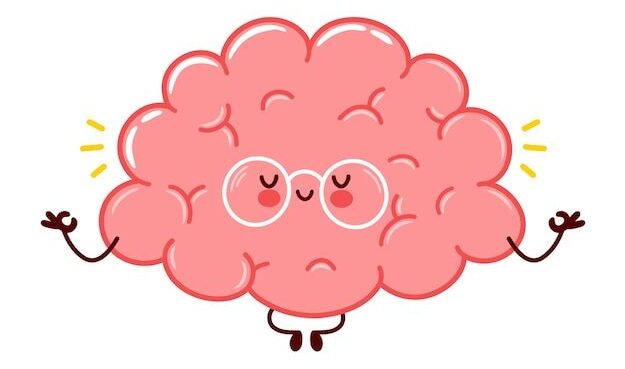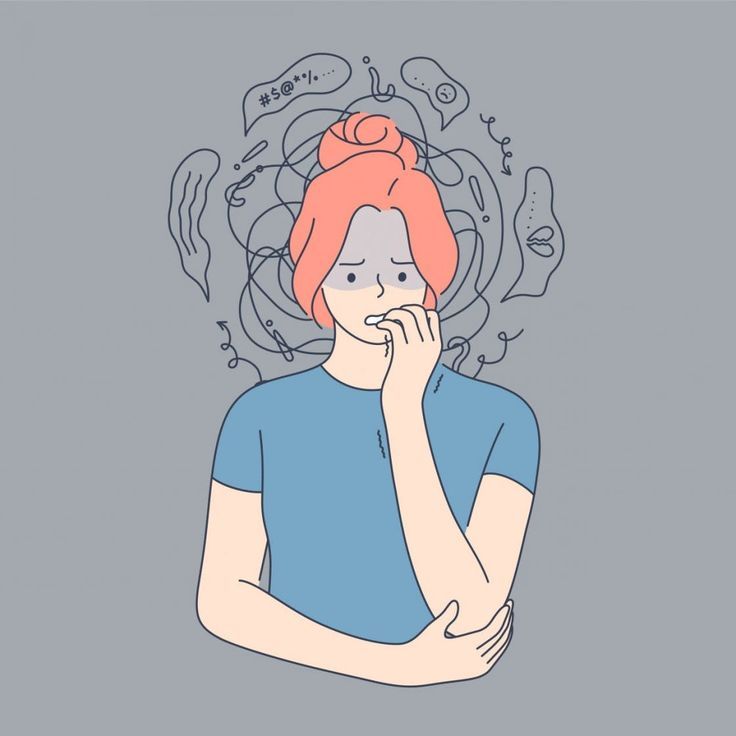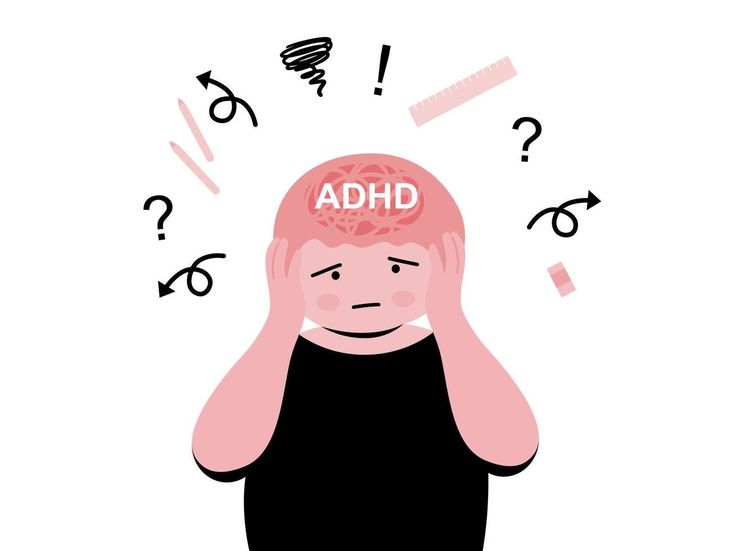Smart Mood Control for Managing ADHD Emotional Dysgulation
Contents Overview
Managing ADHD Emotional Dysregulation: It’s frustrating when your feelings feel too big, too fast, or just plain out of control, right? If you have ADHD, you might know this feeling all too well. It’s called emotional dysregulation (ED), and it’s much more than just having “mood swings.” It’s about your brain’s unique way of handling emotions, making it tough to hit the brakes once a feeling starts – whether it’s anger, excitement, fear, or deep sadness. This isn’t a flaw in your character; it’s a part of how your ADHD brain works, and understanding it is the first step toward finding more peace.
I am well aware that this struggle can really take a toll on your well-being. Imagine feeling super frustrated over a small mistake or getting incredibly excited about something, only to crash hard soon after. These intense ups and downs can strain relationships, make work and daily tasks feel impossible, and leave you feeling exhausted and misunderstood.
But here’s the good news: just like you can learn to manage other ADHD traits, managing ADHD emotional dysregulation is possible too – with the right tools and consistent practice. You can build skills that help you navigate big feelings, leading to a calmer, more balanced, and ultimately, a happier life.
Building Your Emotional Wellness Toolkit
The journey to managing emotional dysregulation starts with building a personal toolkit of strategies that work for you. Think of these as your go-to helpers for when emotions feel overwhelming. It’s about being prepared, understanding your own patterns, and giving your brain the support it needs to better handle feelings.
This toolkit combines different kinds of self-care – from quick fixes in the moment to deeper, daily habits that strengthen your emotional resilience over time. You don’t have to try everything at once, but finding a few key tools that resonate with you can make a huge difference in how you experience your emotional world. Here is a list of ideas that you can choose from:
1. Self-Awareness & Early Warning Signs
Learning to spot your emotional patterns is like becoming a detective of your own feelings. If you can catch an intense emotion when it’s just a whisper, it’s much easier to manage than when it’s already a roar. This involves paying attention to your body and thoughts. Here are two mindfulness practices to help you navigate your way smoothly with awareness:
🌟 “Name it to Tame It”:
When a strong feeling starts to bubble up, try to give it a name – is it frustration, sadness, annoyance, or excitement? For example, instead of just feeling overwhelmed, you might think, “Ah, this is feeling like impatience mixed with a bit of stress.” Naming the emotion helps create a tiny bit of distance from it, giving you a chance to choose how to respond instead of just reacting.
🌟 Trigger Tracking:
What usually sets you off? For many with ADHD, common triggers may include feeling rejected (even if it’s imagined), being overwhelmed by too many tasks, or even simple things like hunger or lack of sleep. You could keep a simple note in your phone or a small journal, jotting down the situation, the emotion, and how strong it felt in the moment. For example: “Tuesday afternoon, messy desk, felt huge frustration.” Over time, you’ll see your mood patterns, which will help you prepare for or even avoid certain situations.

2. Body & Breath: Your Immediate Calm Buttons
Your body and breath are your two loyal best friends that help you manage your emotions with ease. They are always by your side when you need them to calm your intense emotions in the moment. When emotions get big, your body often tenses up, and your breathing gets shallow. Learning to control your breath sends a direct message to your brain, telling it that it’s okay to relax. Here are some impactful techniques that you can use to break the pattern of heavy emotions taking over your energy:
🍀 The Power of the Pause:
When you feel an emotion starting to take over, try to just stop for a moment. Instead of reacting right away, take a physical step back or count slowly to ten in your head. For example, if someone says something that triggers your anger, instead of instantly retorting, take a breath, count to three, and remind yourself, “I can choose my response.” This simple pause creates a crucial space between the trigger and your reaction, helping you respond mindfully.
🍀 Mindful Breathing:
Deep, slow breathing can quickly calm your nervous system, and one of the most powerful breathing techniques is the 4-7-8 breathing, where you inhale quietly through your nose for a count of 4, hold your breath for a count of 7, and exhale completely through your mouth with a “whoosh” sound for a count of 8. Repeat this a few times to notice how easily it helps slow down your heart rate and gestures your brain to calm down. Another easy trick is box breathing, where you breathe in for 4, hold for 4, breathe out for 4, then again hold for 4. Practicing these two techniques on a daily basis can give you tremendous health benefits – do try them!
🍀 Sensory Grounding:
When you feel overwhelmed or emotionally “spun out,” use your senses to bring yourself back to the present moment. Try holding an ice cube until it melts, noticing the cold sensation. Or focus on five things you can see, four things you can hear, three things you can feel, two things you can smell, and one thing you can taste. This helps pull your attention away from the intense emotion and ground you in reality.
3. Healthy Habits: Your Secret Weapons for Stability
Think of your daily habits like the foundation of a strong house. If the foundation is shaky (poor sleep, unhealthy eating, no movement), the whole house (your emotional state) will be wobbly. These wellness basics are often overlooked but are crucial for managing ADHD emotional dysregulation. Here are some crucial areas you need to look into for stronger well-being:
🌟 Sleep Hygiene:
Not getting enough quality sleep can make anyone grumpy, but for someone with ADHD, it can make emotional dysregulation much worse. Aim for consistent bedtimes and wake times, even on weekends, to set your body clock. Additionally, create a relaxing bedtime routine – maybe dim the lights an hour before bed, avoid screens, read a book, or take a warm bath. Good sleep helps your brain reset and handle stress and emotions better the next day.
🌟 Nutrition:
What you eat affects your brain and mood more than you might think. Aim for balanced meals with protein (like eggs, nuts, chicken) and complex carbs (like whole grains, veggies, fruits). These help keep your blood sugar steady, preventing those energy crashes that can lead to irritability and mood swings. Try your best to limit processed foods and sugary drinks, as they create big ups and downs in your energy and focus.
🌟 Hydration:
I know it sounds too simple, but being even a little dehydrated can mess with your mood and concentration big time. To avoid this, keep a water bottle handy and keep sipping from it throughout the day. Another good practice is to start your morning with a big glass of water – this kickstarts your system and makes you more alert and less prone to emotional irritation.
🌟 Movement & Exercise:
Moving your body is a fantastic way to release pent-up energy and intense emotions. It doesn’t mean you have to indulge in heavy gym workouts; just a brisk 15-minute walk, dancing to your favorite song, or even a few stretches can make a difference. In fact, activities that involve coordination, like martial arts or team sports, can be especially helpful for focus and emotional release. Even bouncing a ball or fidgeting can help channel restless energy.

4. Coping Skills: Simple Ways to Navigate Big Feelings
Beyond the immediate moment, there are simple mental skills that you can practice regularly to manage emotional surges in a better way. These help you build a stronger inner immunity for handling challenging situations.
🍀 Journaling:
Writing down your thoughts and feelings can be a powerful way to get them out of your head and onto paper, helping you make sense of them. You don’t need perfect grammar or beautiful handwriting – you just need to let it flow with full honesty. Write about all that you feel triggers an emotion, how it feels in your body, and what you wish you can do differently to handle the emotions when they arise. Sometimes, just seeing your feelings written right in front of you helps to untangle them and reduce their power – helping you feel better.
🍀 Problem-Solving vs. Emotion-Solving:
It’s important to know the difference between both these terms. Sometimes an intense emotion arises from a problem that you can actually fix (Example, you’re frustrated because you missed a deadline or a bus). Other times, the emotion is just there, and there’s no immediate fix for it (Like sadness after a perceived social experience or recalling a past event). When this happens, learn to ask yourself, “Is there something I can do about this, or do I just need to feel this emotion and let it pass?” This simple question is enough to make your mind wonder and help you decide whether to act on the emotion or simply practice acceptance towards it.
🍀 Healthy Redirection:
Sometimes, the best thing to do is to temporarily shift your focus in a healthy way. This in no way suggests that you need to avoid your feelings forever, but it is about giving yourself a break from the intensity of feeling those emotions in the moment. You can call a supportive friend, listen to calming music, do a quick chore, dance a little, or engage in a hobby you enjoy for 10-15 minutes until the momentum of the emotion passes. This can help “reset” your brain enough to come back to the emotion and tackle it with extra calm later.
🍀 Setting Boundaries:
Feeling overwhelmed is a huge trigger for emotional dysregulation. To handle this, you must learn to say “no” and set limits on your time and energy. This also means saying a strict no to extra tasks at work, limiting social commitments, and even setting clear rules about how and when people can contact you. I know it might feel hard at first, but protecting your mental space will prevent you from getting overloaded, helping you enhance your well-being.
5. Cultivating Self-Compassion: Be Kind to Yourself
This is perhaps the most important part of managing emotional dysregulation with ADHD. It’s very easy to beat yourself up after an emotional outburst or when you feel your feelings are “too much.” But self-criticism only makes things worse. Keep a note to always:
🌟 Treat Yourself Like a Friend:
When you’re having a tough emotional moment, imagine what you’d say to a close friend going through the same thing. Would you scold them, or would you offer kind, understanding support to them? Practice giving that same compassion to yourself. For example, instead of thinking, “I’m such a mess, why can’t I control myself?” try saying, “I know this is really hard right now, and it’s okay to feel this way. My ADHD brain sometimes has a tough time with big emotions, and I’m learning. All is well! I don’t need to stress!”
🌟 Acknowledge the Struggle, Not the Failing:
Recognize that emotional dysregulation is actually a symptom of your ADHD, not a flaw in your character – this is a real challenge that many people with ADHD face. This basic understanding helps reduce the feeling of shame and guilt, which often fuel the cycle of intense emotions within our body. To avoid this, be gentle with yourself, especially after an emotional struggle, as it helps you recover faster and learn more effectively from the experience.
When to Seek Professional Support
While these wellness strategies are truly impactful, sometimes you do need extra help from outside. If at any point, you feel that your emotional dysregulation is significantly impacting your relationships, work, or overall quality of life, or if you feel overwhelmed by it often, consider seeking professional support from National Institue of Mental Health (NIMH)– it’s honestly the best thing you’ll do for yourself!
Therapists specializing in ADHD or specific approaches like Dialectical Behavior Therapy (DBT) can provide structured tools and guidance that will go deeper and offer you tailored strategies for regulating your emotional welfare.
Your journey with ADHD and emotional dysregulation is unique, and it’s okay for it to be messy at times. The goal isn’t to ignore the intense emotions, but to learn how to ride those waves without getting completely swept away. By patiently exploring these wellness tools, practicing self-compassion, and celebrating every small step forward, you’ll be giving yourself the gift of greater inner calm and a more fulfilling life. And always remember, you’re not alone in this, and every effort you make to understand and care for your brain is a step towards a brighter, more balanced you. You’ve got this – really!


